Microsoft's latest patent describes a cross-device experience that shuts off certain notifications from showing on certain devices at certain times
The experience could be a part of Windows, or Microsoft Teams.
3 min. read
Published on
Read our disclosure page to find out how can you help Windows Report sustain the editorial team. Read more
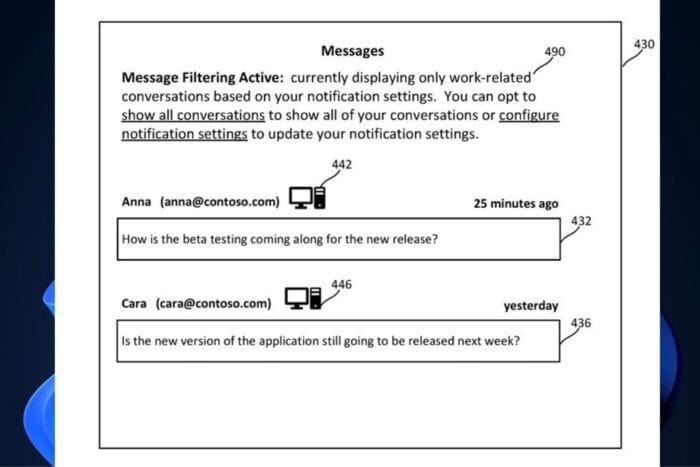
If you have often dealt with situations where you needed to work from your PC or laptop instead of your work device, you know how frustrating it can be to let work life invade your personal life.
Fortunately, for situations like these, where you’d have to use your devices for work, Microsoft is developing technology that restricts message notifications and conversations based on device type, message category, and period.
In other words, the tech will keep track of your devices and your behaviour to alert you of notifications related to work (but not limited to) based on your behavioural preferences.
This system is designed to manage notifications and conversations across multiple devices that a user owns. Each device is categorized (like a phone, tablet, or computer), and these categories are linked to specific times of the day. For example, your phone might be in one category and your laptop in another.
It then associates different times of the day with these device categories. For instance, during work hours, your laptop might be the primary device for notifications, while your phone might take over in the evening.
The system decides which devices can show notifications based on time and category. Your smartwatch might show notifications during a meeting while your phone stays silent. The technology also categorizes messages. It can determine the type of message (work-related or personal) based on user input or by analyzing the message content using a machine learning model.
The system decides which notifications and conversations to show or hide on each device based on the message category and time. For example, only work-related messages might be displayed on your laptop during work hours, while personal messages are hidden.
The application can include various devices and is not restricted to PCs/laptops. Tablets, netbooks, gaming devices such as Xbox consoles, mobile devices, smart watches, smartphones, and Internet of Things devices are examples of how this technology might be integrated.
The tech exists as a patent, and we’re not sure if it will ever see the light of day, but it gives us a clue about what Microsoft might plan to do with Windows or its Teams platform.
Currently, Windows 11 offers various options for handling notifications, from disabling them to changing their sounds to even hinting at private notifications. Still, the Redmond-based tech giant has never mentioned a cross-device notification experience.
Could the new cross-device notification system from Microsoft be useful? Definitely yes. You can easily use only a set of devices from work to private spaces without relying on additional ones. The tech would end up being entirely sustainable. From a psychological point of view, users can safely check their devices for personal reasons without being overwhelmed or even bothered by professional work-related tasks.
You can read the patent paper here.
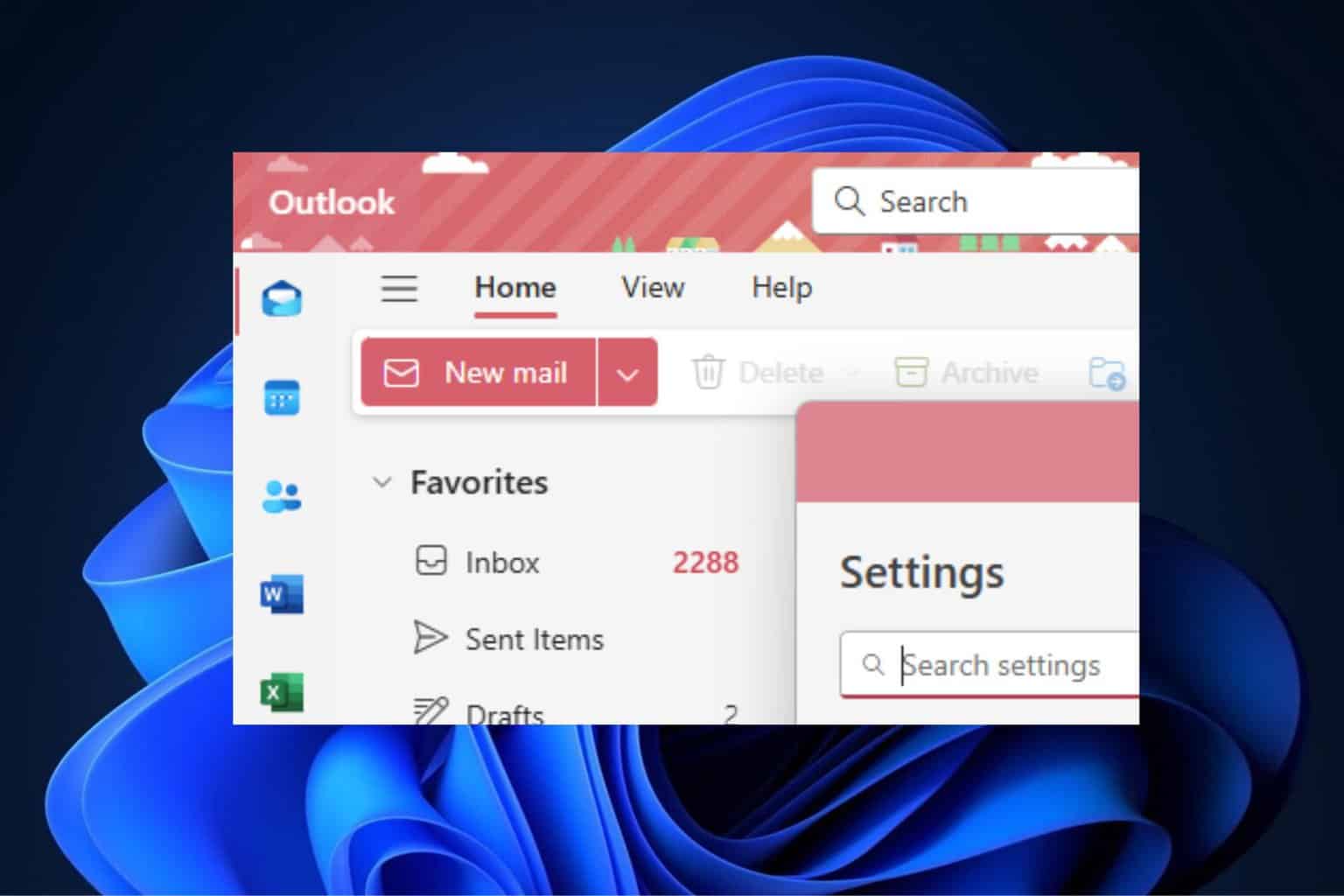
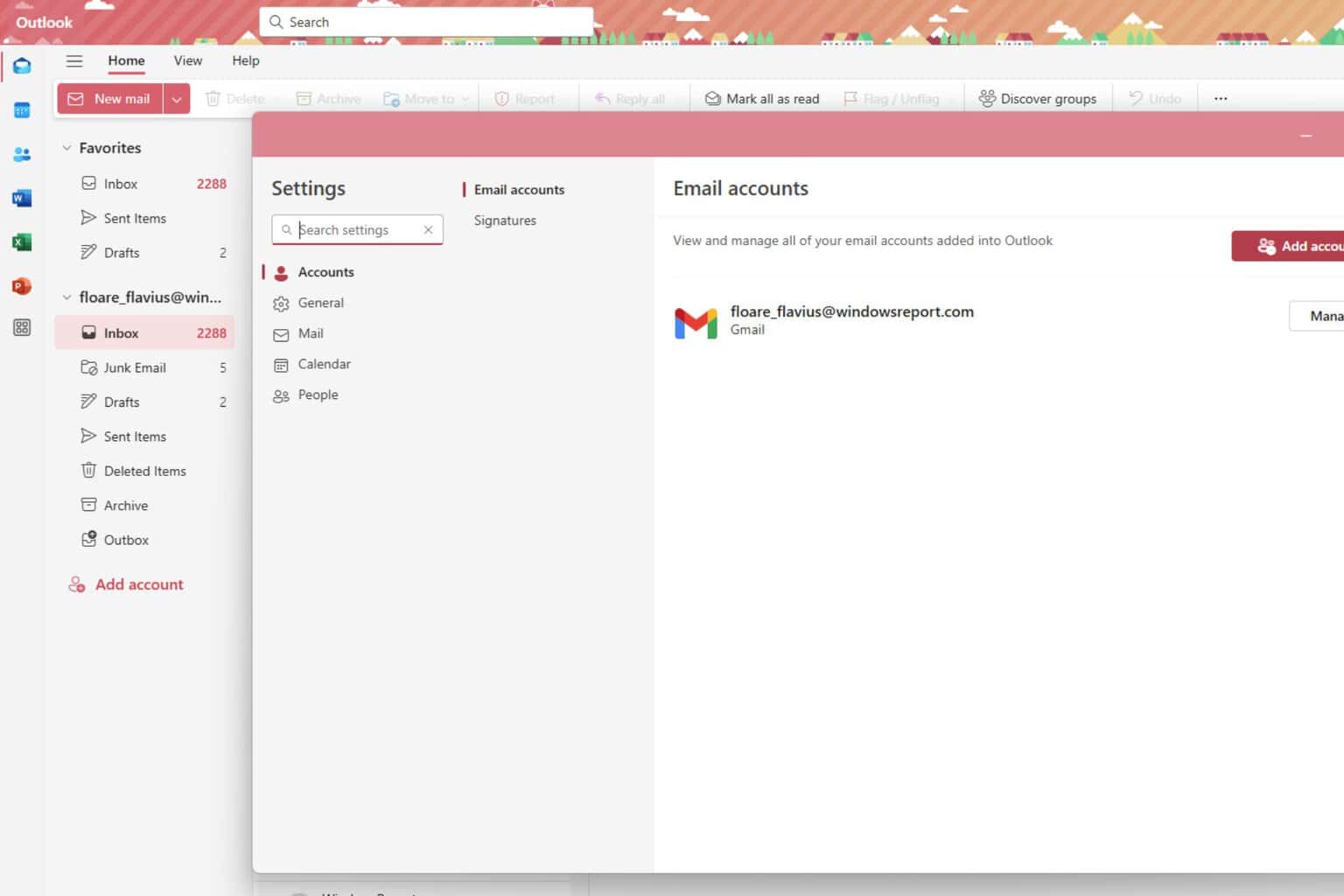
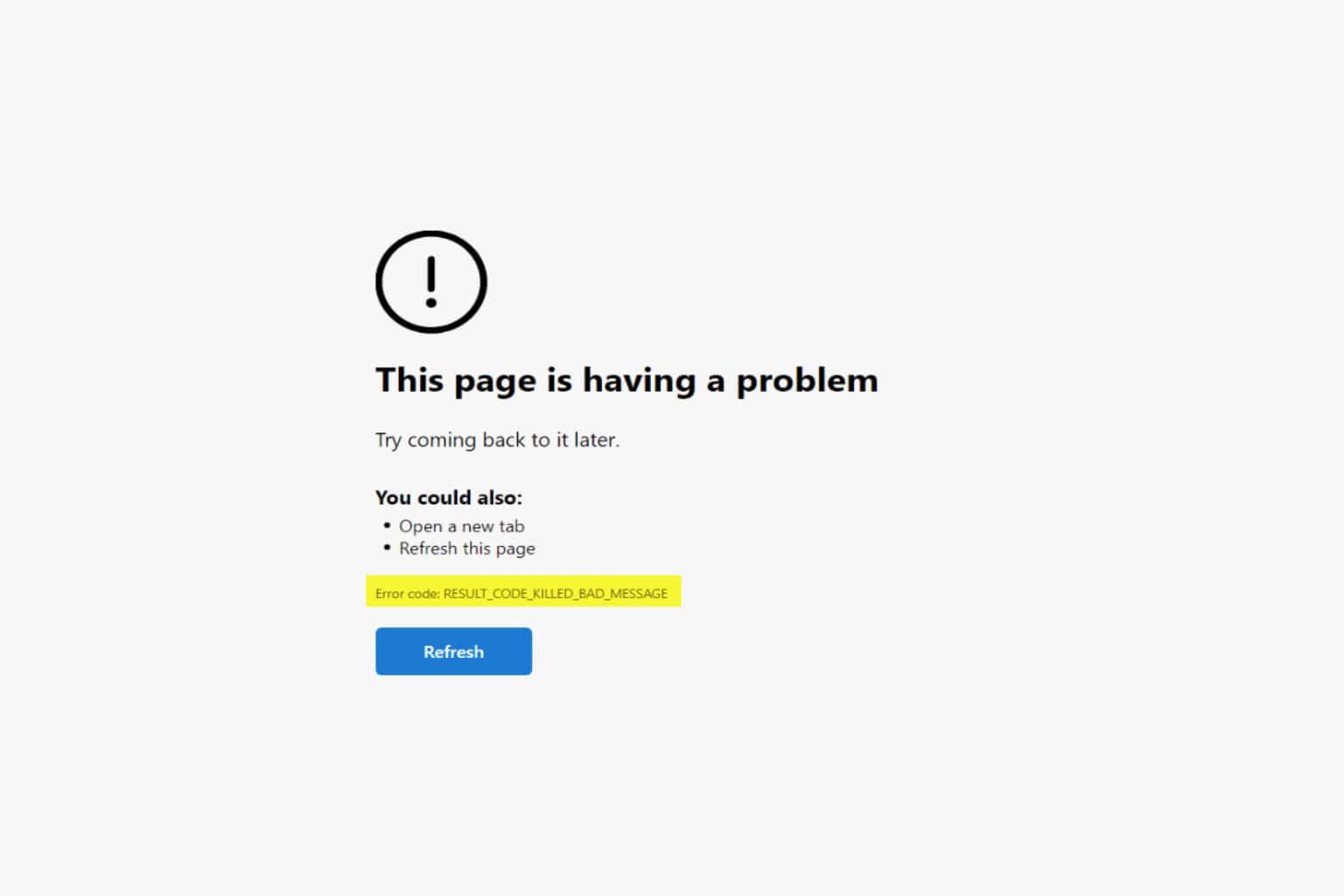
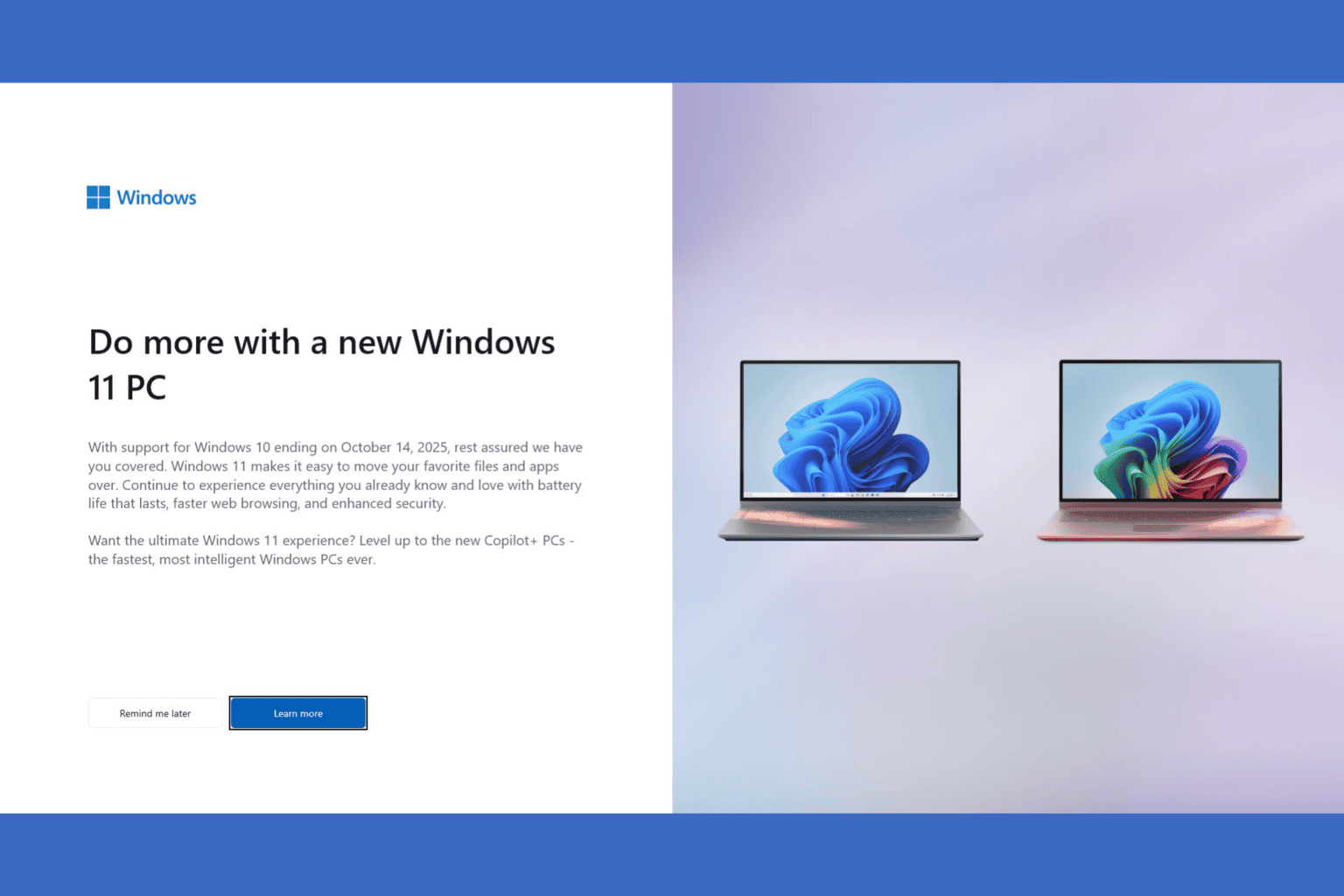
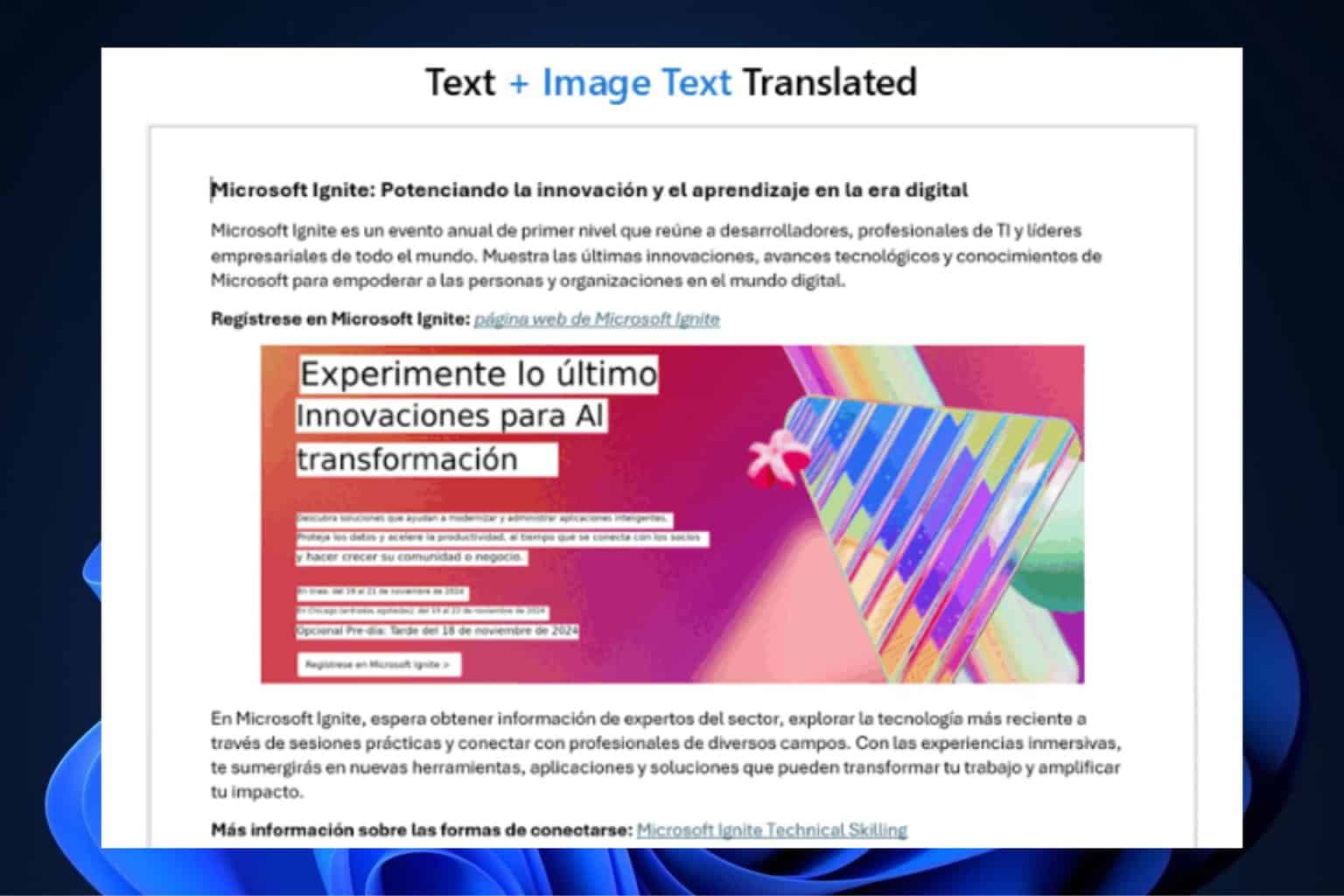

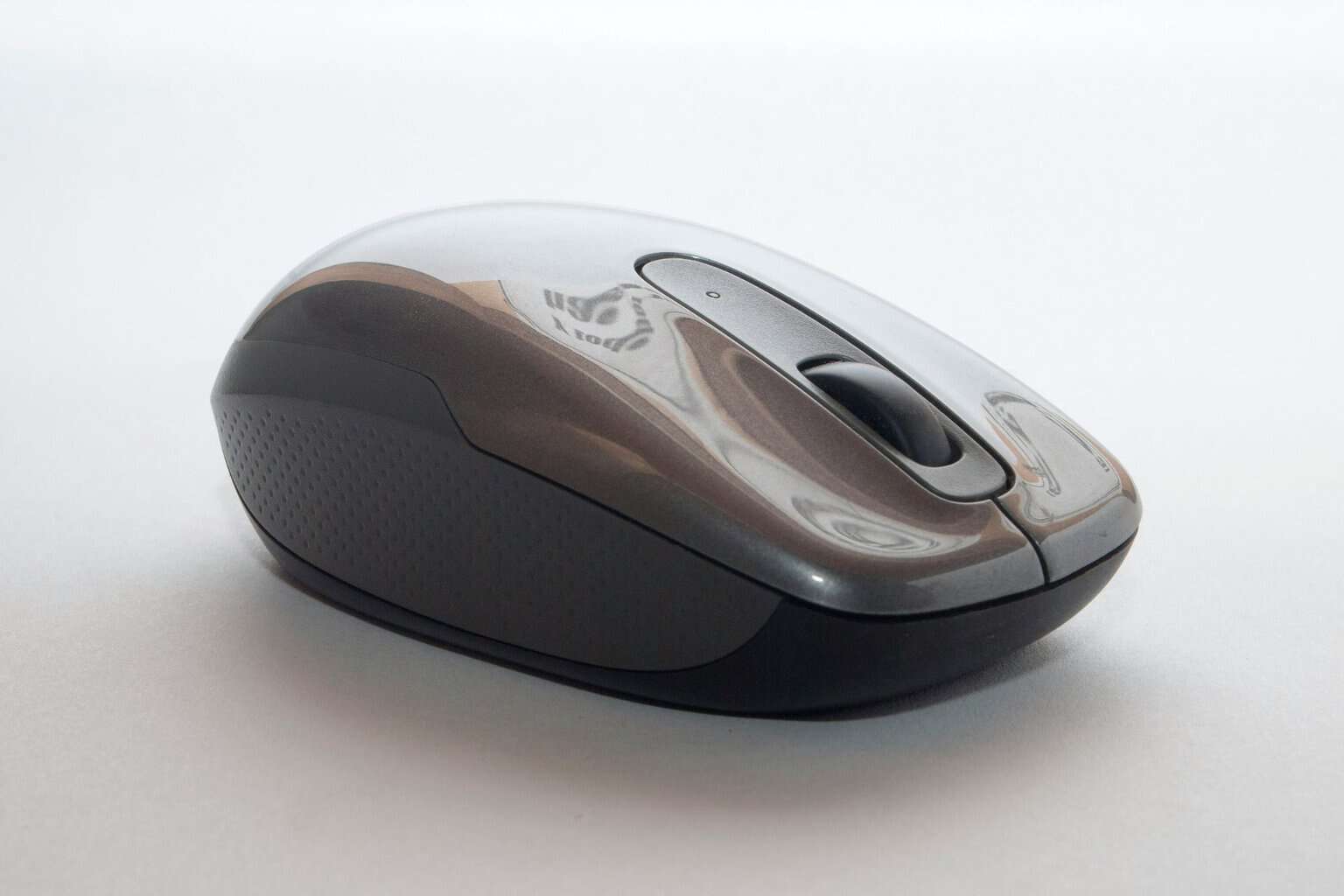

User forum
0 messages